
In medical and nursing staff experiencing insomnia while working in Wuhan, China, during the coronavirus disease 2019 epidemic, stress was a notable predictor in those with comorbid sleep apnea–hypopnea syndrome, according to study findings.

Matthew is an associate editor for The American Journal of Managed Care® (AJMC®). He joined AJMC® in 2019 and creates content for Medical World News®, a 24-hour online program developed MJH Life Sciences® focusing on pressing topics within managed care, as well as the nonwork-related activities of health care stakeholders.
He has a BA in journalism & media studies and economics from Rutgers University. You can connect with Matthew on LinkedIn.

In medical and nursing staff experiencing insomnia while working in Wuhan, China, during the coronavirus disease 2019 epidemic, stress was a notable predictor in those with comorbid sleep apnea–hypopnea syndrome, according to study findings.

There are 3 key issues that, if addressed by Congress, can optimally assist medical groups and health systems dealing with financial struggles amid the pandemic. These include continued funding to the CARES Act Provider Relief Fund, reinstating the Medicare Accelerated and Advanced Payment program, and permanently lifting waivers on telehealth, said Jerry Penso, MD, MBA, president and CEO of the American Medical Group Association.
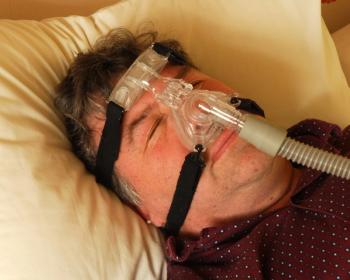
Hospitalized patients with chronic obstructive pulmonary disease (COPD) were shown to be at greater risk of obstructive sleep apnea (OSA) and insomnia than those without COPD, with worse outcomes for in-hospital sleep quality and quantity also observed, according to study findings.
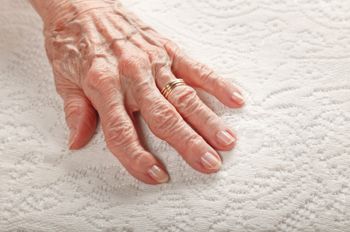
Seven symptoms were identified as most predictive of early morning OFF periods (EMO) in patients with Parkinson disease, which may assist in understanding and managing potential determinants and negative health effects of EMO.
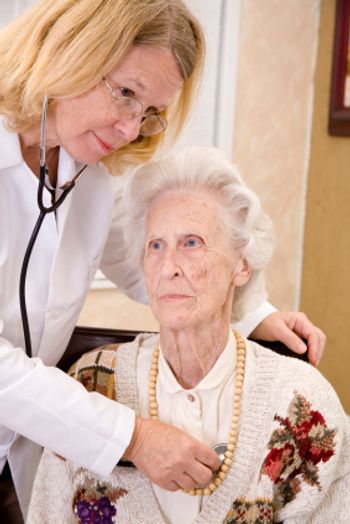
Health-related quality of life and caregiver burden were both significantly correlated with alexithymia in patients with Parkinson disease, with the sub-component “identifying feelings” serving as a key factor.
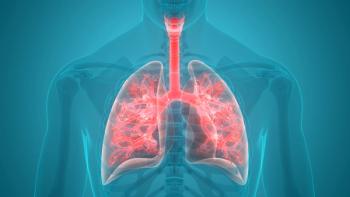
Lung cancer screening by low-dose computed tomography does not examine spirometry in eligible patients, but study findings published this week suggest that adding this feature could improve the high burden of undiagnosed chronic obstructive pulmonary disease (COPD) and emphysema.

Behavioral sleep problems in childhood, such as impaired sleep duration and irregular routines, were associated with the onset of either psychosis or borderline personality disorder later in adolescence, signaling potentially different pathways based on personalized sleep issues.

Deep brain stimulation (DBS) implanted in early-stage Parkinson disease (PD) was found to decrease the risk of disease progression. If findings are replicated in a larger trial recently approved by the FDA, DBS would be the first therapy proven to slow the progression of any element in PD.

Both frontline and nonfrontline health care workers were found to experience stark levels of stress and poor sleep quality amid the coronavirus disease 2019 (COVID-19) pandemic, with being female and having a professional background indicated as predictors of these effects, according to study findings.

While cognitive functions in patients with Parkinson disease were only slightly impacted by the coronavirus disease 2019, notable effects on urinary issues and fatigue may warrant adjustments to therapy, according to study findings.

During the National Association of Accountable Care Organizations Virtual 2020 Spring Conference, panelists discussed how data sharing can be implemented in health care systems and spur the evolution of population health management.
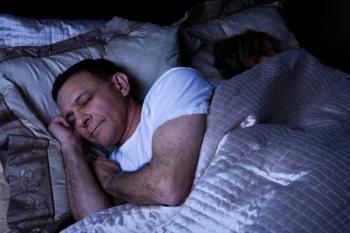
Couples sleeping together, as opposed to separately, was associated with increased rapid-eye movement (REM) sleep and greater sleep synchronization, potentially caused by a positive feedback loop, according to study findings published today.

With the growing uncertainty of the coronavirus disease 2019 (COVID-19) pandemic and the emergence of services such as telehealth and behavioral health, PwC's Health Research Institute provided 3 spending scenarios for employers managing the insurance market. It projects a 4% to 10% increase in the medical cost trend for 2021 based on these scenarios, said Ben Isgur, MPA, Health Research Institute leader at PwC.
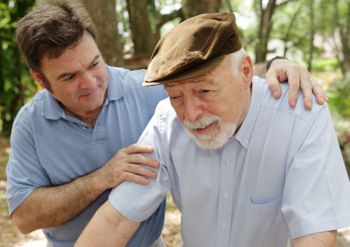
Authors reviewed the current landscape of therapeutic interventions for differentiating pain classifications in patients with Parkinson disease, noting the need for further research in pathophysiology-driven treatment.

An online program designed specifically for adolescents and young adults who survived cancer was shown to significantly alleviate insomnia and improve overall quality of life, according to study findings published today.

Presented at AHIP’s Institute & Expo Online 2020, panelists discuss in a webinar how greater collaboration of health insurance providers with state and county leaders can ameliorate barriers to access to health care and promote timely interventions to improve health outcomes.

Central nervous system gene therapies and advanced technologies to provide these treatments were noted as emerging opportunities in treatment for neurological conditions such as Parkinson disease, according to review findings. Researchers also highlighted the lack of experience and technology in medical centers nationwide to provide these services.

An advanced, noninvasive MRI technique in patients with Parkinson disease and essential tremor was found to potentially lead to better outcomes without surgery and lessen risk of adverse effects, according to study findings published this week.

In a webinar presented at the AHIP Institute & Online Expo 2020, experts discussed how data analytics are addressing gaps in health care and providing timely, effective interventions.

Through a research-based partnership between Centene and the National Minority Quality Forum (NMQF), we’re seeking to delineate the factors behind the disproportionate effects of COVID-19 on rural and minority communities, said Gloria Wilder, MD, MPH, vice president of Innovation and Health Transformation at Centene, and Gary Puckrein, PhD, president and chief executive officer of the NMQF.
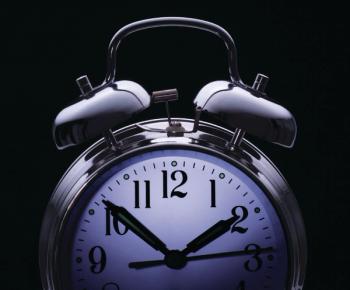
Circadian disruptions were associated with an increased risk of Parkinson disease (PD) in older men, potentially signifying PD’s impact on the internal clock before diagnosis.

Researchers uncovered that an ambulatory home sleep study device may lead to earlier diagnosis and treatment of obstructive sleep apnea, according to the study findings.
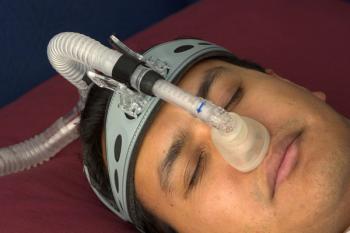
Alcohol consumption was found to contribute to the lowest oxygen saturation observed among patients at risk of snoring and obstructive sleep apnea, with additional associations linked to worsening severity of snoring and impaired sleep architecture in select groups, according to study findings.

Adverse effects such as OFF periods, falls, and tremor were found to be prominent in patients with late stage Parkinson disease, signaling the potential failure of current treatments to consistently and effectively address these symptoms as the disease progresses, according to study findings.

A report by Innovaccer, titled “COVID-19: What It Means to American Healthcare: Trends, Impacts, Predictions, and the Road Ahead,” details implications of the pandemic for the US health care system, with additional recommendations on how to optimize emerging services such as telehealth.

Low levels of sleep disturbance were associated with reduced likelihood of later pain after physical activity in a US population cohort aged 50 and older, according to study findings.

To ease concerns from hesitant patients wary of the coronavirus disease 2019 (COVID-19) pandemic, physicians have implemented temperature checks and comprehensive symptom screening, as well as telehealth offerings to provide timely and effective care, said Brian LaMoreaux, MD, medical director of Horizon Therapeutics.

A review provided latest updates in type 1 narcolepsy, particularly sleepiness-related implications and the role of immune, genetic, and epidemiological aspects.
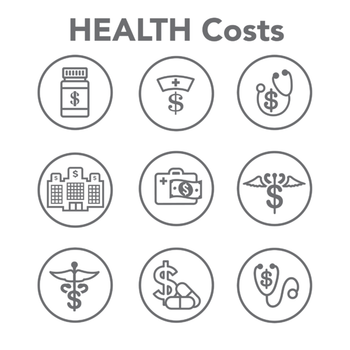
Based on findings of a study conducted by the Michael J. Fox Foundation for Parkinson Research, the individual annual economic burden for a patient with Parkinson disease amounted to $52,000 in 2017, with nonacute institutional care, inpatient hospitalization, and outpatient care indicated as the largest drivers of cost among differing coverage plans.

According to a survey on sleep habits both before and after lockdown measures caused by the coronavirus disease 2019 (COVID-19), 67% of Americans said they believe their sleep was healthier before the pandemic.

259 Prospect Plains Rd, Bldg H
Cranbury, NJ 08512
© 2025 MJH Life Sciences®
All rights reserved.
